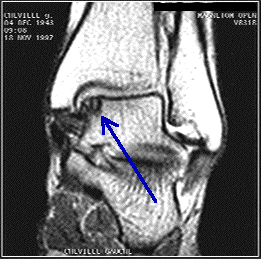Nutrition and your health
Put Cilantro on the list. According othe Eat This!, "this herb works overtime for your body: Despite its low calorie count, it's filled with good-for-you nutrients and flavonoids like quercetin, which increases blood flow and activates a protein in the body that torches stored fat and keeps new fat cells from forming. So springling your meal with cilantro can actually help you drop a few pounds. Cilantro also helps stimulate insulin release—without increasing blood sugar to do it—making it beneficial for diabetics."
So, what is it in cilantro that is healthy? According to University of Maryland Medical Center
Flavonoids, such as quercetin, are antioxidants -- they scavenge damaging particles in the body known as free radicals, which damage cell membranes, tamper with DNA, and even cause cell death. Antioxidants can neutralize free radicals and may reduce or even help prevent some of the damage they cause. They also help keep LDL ("bad") cholesterol from being damaged, which scientists think may contribute to heart disease. In test tubes, quercetin has strong antioxidant properties, but researchers aren't sure whether taking quercetin (and many other antioxidants) has the same effects inside the body.
There have been positive benefits discovered in cilantro, but no direct human study as of today on the below research.
- When coriander was added to the diet of diabetic mice, it helped stimulate their secretion of insulin and lowered their blood sugar.
- When given to rats, coriander reduced the amount of damaged fats (lipid peroxides) in their cell membranes.
- And when given to rats fed a high-fat, high-cholesterol diet, coriander lowered levels of total and LDL (the "bad" cholesterol), while actually increasing levels of HDL (the "good" cholesterol).
- Cilantro has been shown as an antioxidant that helps prevent spoilage of foods when added to that dish.
- Chithra V, Leelamma S. Hypolipidemic effect of coriander seeds (Coriandrum sativum): mechanism of action. Plant Foods Hum Nutr 1997;51(2):167-72. 1997. PMID:12610.
- Chithra V, Leelamma S. Coriandrum sativum changes the levels of lipid peroxides and activity of antioxidant enzymes in experimental animals. Indian J Biochem Biophys 1999 Feb;36(1):59-61. 1999. PMID:12590.
- Gray AM, Flatt PR. Insulin-releasing and insulin-like activity of the traditional anti- diabetic plant Coriandrum sativum (coriander). Br J Nutr 1999 Mar;81(3):203-9. 1999. PMID:12600.
- Delaquis PJ, Stanich K, Girard B et al. Antimicrobial activity of individual and mixed fractions of dill, cilantro, coriander and eucalyptus essential oils. Int J Food Microbiol. 2002 Mar 25;74(1-2):101-9. 2002.
- Adding Spice for a Healthier Life - Evidence Shows Antioxidant-Rich Herbs and Spices May Cut Chronic Disease Risk, Tempest, RD, Megan, Today's Dietitian, Vol. 14 No. 3 P. 40, Accessed 30 May 2014.Antioxidant activity in extracts from coriander, Wangensteen, Helle; Samuelsen, Anne Berit; Malterud, Karl Egil (2004), Food Chemistry 88 (2): 293, Accessed 30 May 2014

Comments
Post a Comment